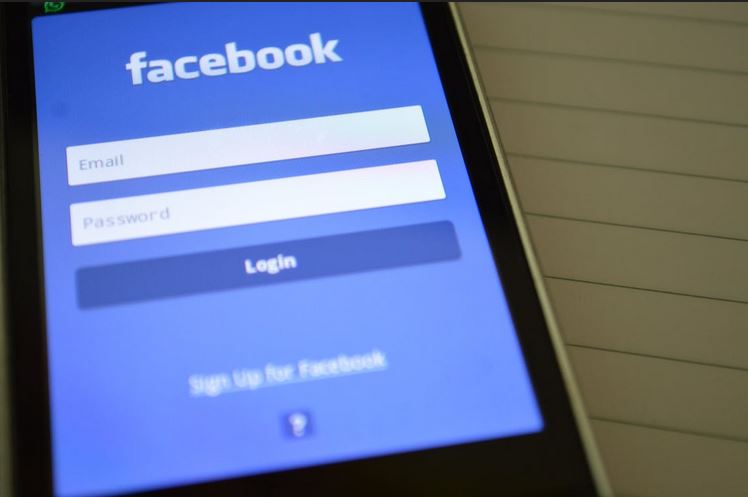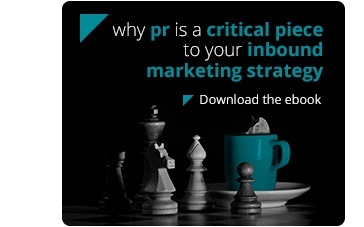Your Survival Guide to Facebook’s Organic “Apocalypse”

Facebook wasted no time in making headlines in 2018. On January 11, the world’s largest social network announced its plans to dramatically rework the newsfeed and begin de-prioritizing content from brands and publishers. Instead, it will favor posts from groups, family and friends.

If you’re a B2B or B2C company using Facebook as part of your marketing mix, consider yourself placed on notice. Essentially, the entire platform just became pay-for-play.
Most brands adopt a two-pronged strategy with social media marketing: paid and organic (unpaid) promotion. To date, a healthy mix of each has been the best way to ensure brand visibility, engagement with fans and followers, and conversions to the company website. While some marketers have chosen to focus on organic promotions, Facebook has slowly reduced the reach of those updates as its influence has grown – often spurring brands to opt-in for paid promotion to maintain reach.
This time around, we’re talking about more than simply reducing the reach of organic posts. Facebook is actively demoting content from brands who either don’t post engaging updates, or don’t opt into its advertising ecosystem. So, what are the top takeaways from this news for marketers?
- Paid promotion is no longer just an option – it’s crucial. Organic reach is dead. By prioritizing more engaging and personalized content, Facebook is ensuring that your daily updates won’t have a home in the news feed anymore. In doing so, it’s intentionally pushing brands toward a pay-for-play model. If you want to reach users – even those you’ve historically been able to reach with organic content – paid is your only real choice for consistent success.
- It’s time to rethink your organic strategy altogether. Because you can no longer count on your current posts to reach your audience, that fundamentally changes the way brands write content and promote themselves. Most marketers will need to completely rethink the way they’re speaking to audiences, which will likely result in a quality over quantity approach. Here at PAN, we’ve counseled clients to consider posting less frequently, and focusing on creating truly engaging content.
- Brands need to reconsider how they measure success. Mark Zuckerberg noted that he expects “time spent on site” to decrease as a result of this move. Consequently, it falls on marketers to realign their KPIs to prioritize metrics like engagement over traditional ones like follower growth. Given the decreased organic reach, those new followers will not typically see content from brands in their newsfeeds anyway.
Now that the major takeaways are clear, let’s talk tactics for brands. There’s a variety of ways you can tackle this change, but some top strategies for surviving in this new era include:
- Master paid tactics: Marketers must become well-versed in advanced Facebook targeting, including options like demographic targeting and lookalike audiences, if they hope to stay relevant. An “always-on” paid approach is likely to be the most effective – i.e., placing a small paid budget behind every post shared. This will ensure that content actually reaches users’ newsfeeds. The good news? Facebook ads are the most cost effective of any social media platform, and it’s likely that brands will see a measurable ROI in short order. Not to mention, brands are in good company – Facebook is already the largest recipient of social media advertising dollars in the world.
- Invest in influencers: Influencer marketing must become a primary focus for brands looking to succeed on Facebook. New algorithms will favor content from individuals, so brands should seek out relevant influencers who maintain authentic relationships and interactions with their audiences. Influencer marketing is already one of the top tools in a social media strategist’s arsenal; recent surveys have demonstrated that businesses are earning $6.50 for every $1 spent on influencer marketing. Now, aligning your brand with influential users is even more critical to success.
- Activate the employee and partner network: The way to successfully reach end users on Facebook is through activating groups of individuals who can act as brand advocates. Happy employees and partner executives are the ideal spokespeople for brands as they can promote positive office culture, company news, and more. Activating these networks can be difficult, but there are tools to make it easier, like Bambu, and others which your agency should know about.
- Get seriously creative with content: Facebook made it clear that it will still prioritize content that’s designed to stimulate a conversation. Brands which are still planning to post organically should keep this in mind, and draft content accordingly. Examples of “engaging content” include Facebook Live, questions/polls around a trending industry or world topic, or photo galleries. Overall, content must be designed to spark social conversations, and be focused on the broader issues and trends – not just the brand itself – in order to resonate.
While many marketers will scramble to figure out what this news means, it shouldn’t be inherently looked at as a negative development. In fact, it’s an opportunity for brands to reflect on existing social strategies, and implement new ones designed to truly connect with their audiences. It also underscores the importance of having a diverse, and balanced, social marketing approach. Ensure you have a solid presence on the networks that matter most to your followers, and be willing to adapt. Social media is an industry that constantly changes, where shifting platform algorithms are the norm. The time has come for marketers to boldly make moves to address this next challenge.
